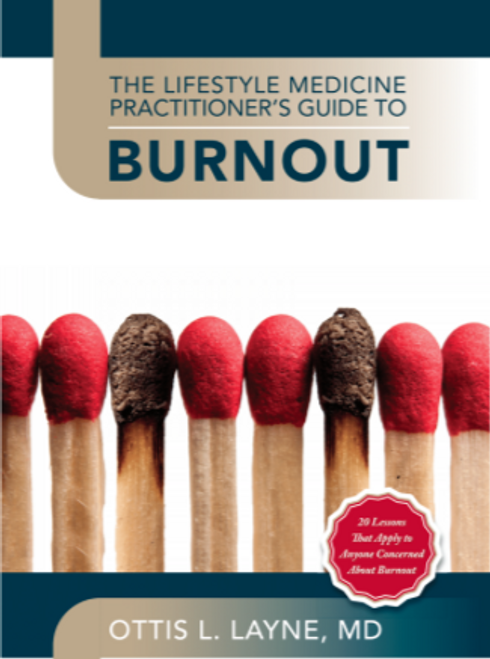Despite their inclusion as first-line therapy for many chronic diseases, lifestyle interventions are often de-emphasized in medical education and fail to make it into the repertoire of non-lifestyle medicine trained clinicians. The Lifestyle Medicine Pocket Guide: A Clinical Guide for Physicians, Medical Students, and Healthcare Professionals is a concise resource that addresses this gap in medical education by providing healthcare professionals with information about the six pillars of lifestyle medicine, as well as patient coaching and behavior change.
This resource was created by medical students and physicians with expertise in lifestyle medicine who identified the need for a simple, concise, data-driven manual that could be used in the clinic or by the bedside that delivered clear advice and counseling tips for patients in a variety of healthcare settings. It is not meant to be an all-encompassing resource, but a tool that can be kept in a coat pocket and used for quick referencing in fast-paced clinical environments.
The guide features chapters on the six pillars of lifestyle medicine, including physical activity, nutrition, sleep, stress, social connectedness, alcohol use, and smoking cessation, as well as a section on coaching and behavior change. Each chapter delineates three key components of a given pillar. First, why a pillar is important and the essential background a healthcare professional needs to deliver information regarding that pillar. Second, the evidence-based health benefits of a pillar and how to communicate the information and data effectively and concisely. And third, the tools available to healthcare professionals to help them discuss a pillar with a patient and initiate behavior change. In addition, there are high-yield questions, tables, and lists in the chapters to help organize the material. When feasible, figures and diagrams are utilized to help readers visualize concepts.







